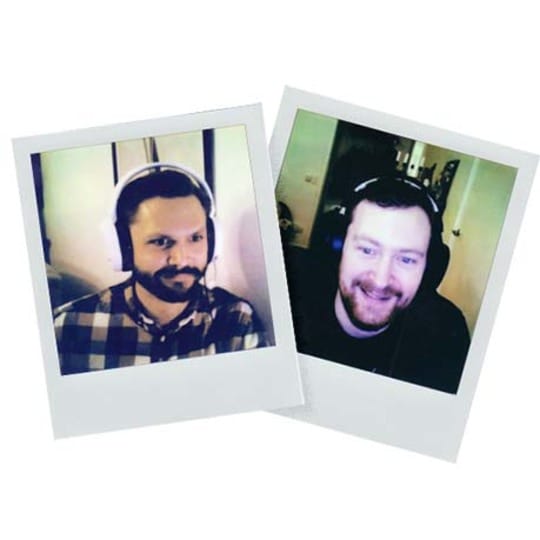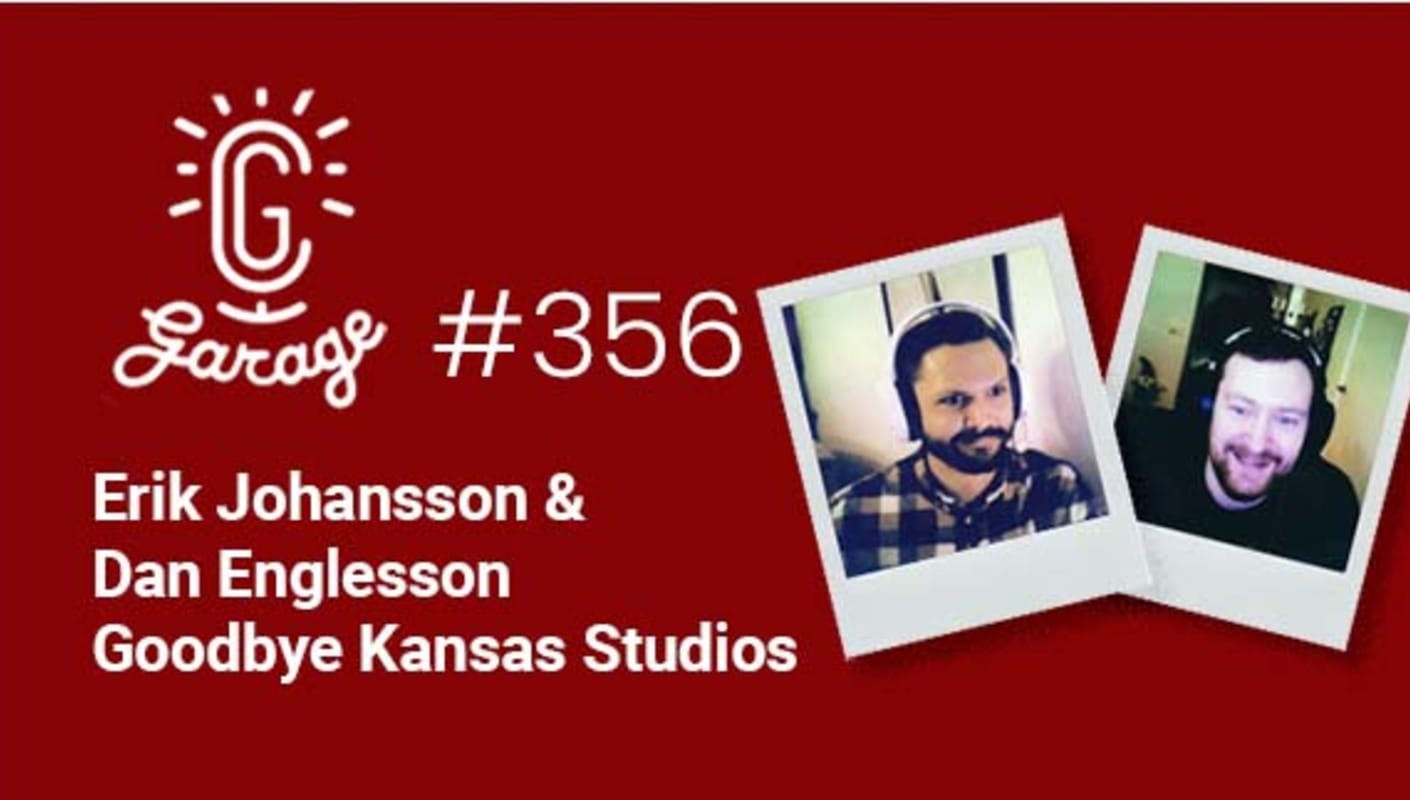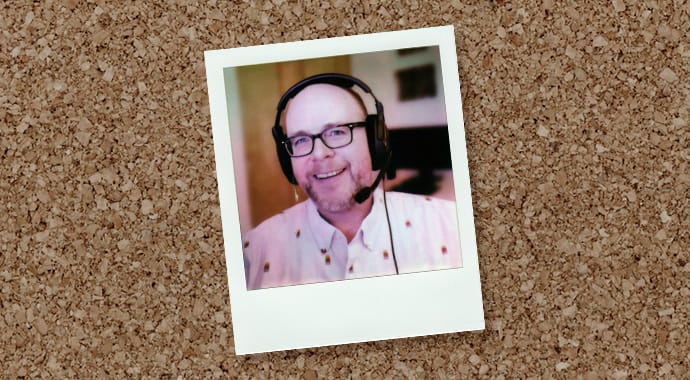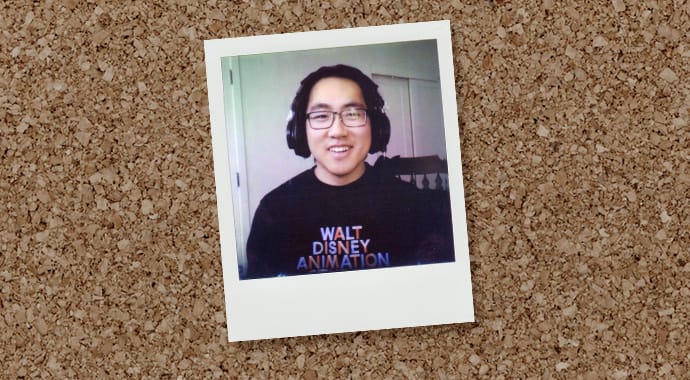#356: 2022-01-03 Subscribe

In this episode, we get a deep dive into the efficiencies of Goodbye Kansas’ pipeline, and how they grew their team from 4 to 12 TDs. Dan and Erik discuss how they started using V-Ray for Houdini, Solaris, and Hydra. They explain how USD is not just a new file format, but a complete change in the way people think about pipelines.
We get into a lot of technical details about the advantages of USD, including how it can carry a lot of different data including lighting and shading. We also discuss how today, pipelines are more interested in using and supporting open-source initiatives compared to how they used to have to write their own proprietary solutions.
It is a very technical discussion, but also a great way to kick off 2022 as we consider the future of the VFX pipeline.
Links:
Goodbye Kansas Studios official site >


Chapters:
3:20 Introducing Erik and Dan
9:50 About Goodbye Kansas
11:48 How pipelines have changed
15:20 The GBK pipeline
24:23 The importance of USD
28:02 USD for collaboration
34:30 Performance
40:47 Does Solaris make Houdini easier?
46:09 Challenges of supporting USD
55:12 The future of USD
1:02:39 Real-time



